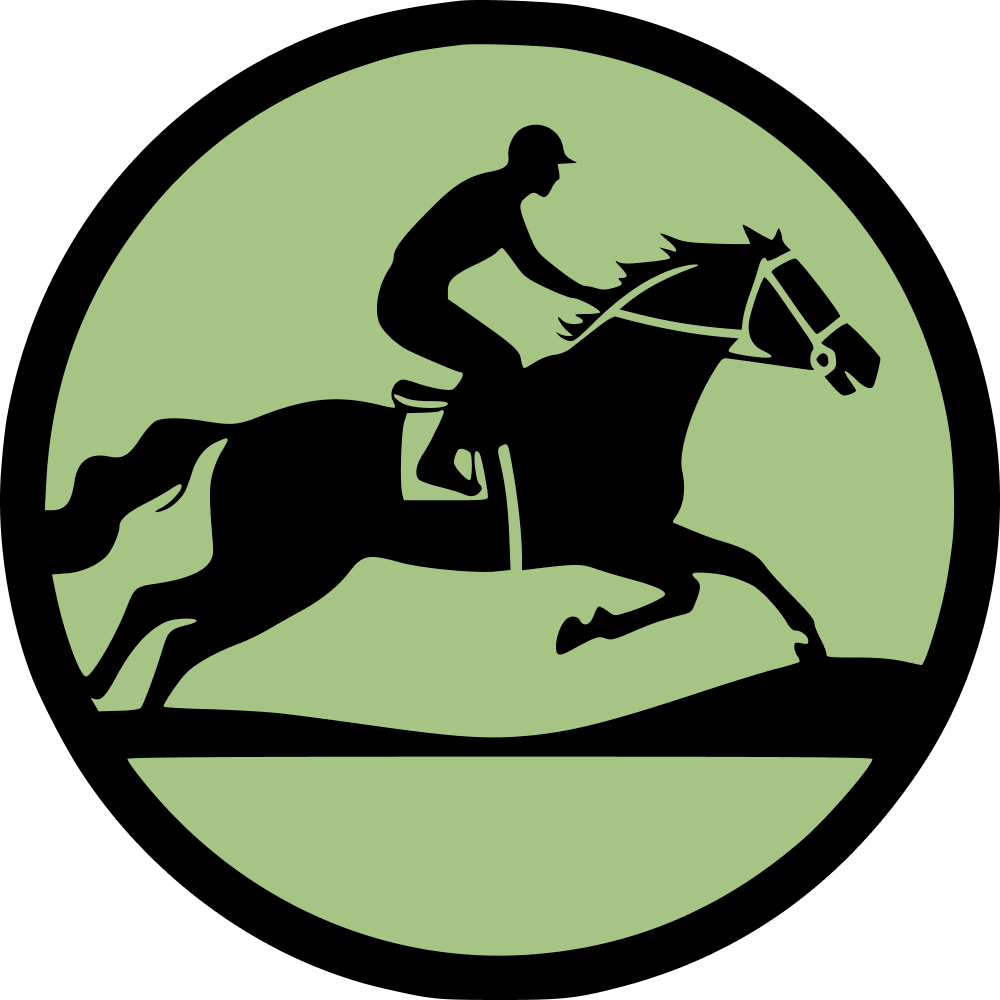Before Henry Ford's time, when horses were the primary mode of transportation, there was a significant demand for them. They were required for pulling carriages, riding, hunting, and racing. Recognising the need for a centralised marketplace for trading horses, Richard Tattersall, a groom to the second Duke of Kingston, established Tattersalls Auction and named it after himself. Today, Tattersalls Auction is the oldest thoroughbred horse auction in the world and remains one of the most renowned horse auctions globally.

London period of Tattersalls Hyde Park auction history
Reasons for the success of the Tattersalls auction
In 1766, Richard Tattersall set out to revolutionise the horse-trading industry by securing a 99-year lease from Lord Grosvenor for a prime location near Hyde Park in London. Prior to his venture, horse sales in England were disorganised and sporadic, causing inconvenience for both sellers and buyers.
Tattersall's innovative business model included establishing a permanent auction site and holding regular sales, a concept that was a game-changer for the industry. Lord Grosvenor recognised the potential of Tattersall's plan and not only leased him the land but also assisted in constructing facilities for the new auction house at Hyde Park Corner.
One of the key benefits of Tattersall's approach was his willingness to offer credit to buyers, allowing them to pay for their purchases in instalments without requiring a deposit upfront. This flexibility and convenience set Tattersall apart and solidified his reputation as a pioneer in the horse-trading business.

Family business
Edmund Tattersall succeeded his father Richard Tattersall's business, and upon his death, his son Richard Tattersall took over as head of the family business. Known for his intellect, business savvy, and ability to make connections, Richard expanded and strengthened the business significantly.
The fourth generation, represented by Richard Tattersall, moved the auction to Knightsbridge after the lease of the Hyde Park premises expired. The business was then passed down to his cousin Edmund Tattersall, and later to his son Edmund Somerville Tattersall. Upon the death of the latter, the business was no longer family-owned, and was taken over by Gerald Dean's partners, Robert Needham and Terrence Watt.

How the auction worked
An auction was held every Monday throughout the year, with trading taking place on Thursdays during the racing season. In 1810, at least 100 horses were sold weekly, with owners earning a commission on each sale. Prices were calculated in guineas, a tradition still followed today. Riding horses ranged from 40 to 100 guineas, while a pair of draft horses could cost between 150 and 400 guineas.
Hunting horses were valued at 350 pounds, and racehorses at 1,500 pounds. Horses sold on Mondays arrived at the site on Fridays and were cared for by Tattersall's grooms in stables that could hold up to 120 horses.
Potential buyers could inspect the horses and inquire about prices during this time. The auction gained recognition for selling the Duke of Kingston's horses in 1774 and the Prince of Wales's in 1786, establishing its reputation. Despite being primarily associated with horses, Tattersall's auction also traded dogs, carriages, and harnesses.
Betting for gentlemen
Tattersalls had a separate room set aside for the bookmaker's office; it was called the subscription room.
For one guinea a year, you could subscribe and become a member of the community. Gentlemen gathered there and bet on all the important horse races in England.
The Sporting Magazine regularly published Tattersall bets on upcoming horse racing and boxing matches.
Calculations based on the results of the races were also carried out here.

Tattersall Auction, Knightsbridge
In 1965, the Marquess of Westminster, owner of Tattersall's premises, chose not to renew the auction's lease due to the excessive and sometimes scandalous betting activities in the bookmaker's office. As a result, the auction relocated to Albert Gate in Knightsbridge, London.
The auctions took place in the main oblong building with a glass roof, where a variety of carriages, wagons, landaulets, and their equipment were displayed for sale in adjacent galleries. Extensive horse catalogues were printed for potential buyers, with bidding starting promptly at 11:30.
During the auctions, horses would be brought to the centre of the room and made to circle twice while the auctioneer carefully managed the bidding process, capturing the gestures, expressions, and calls of potential buyers with his hammer. Each horse took several minutes to sell, with as many as 200 lots sold by the end of the auction day at 6 o'clock.
Prices for horses were typically high at Tattersalls, with notable sales including the acquisition of filly Sceptre for 10,000 guineas by Robert Sivier. In 1902, Scepter's success in four classic races earned her owner £25,000, proving to be a lucrative investment.
However, mistakes could also be made at the auction, as seen with the Marquess of Hastings purchasing stallion Kangaroo for £12,000. Despite the shock at the high price, Kangaroo failed to achieve further victories and ended up retiring as a carriage horse.

Tattersalls in Newmarket
In 1965, Tattersalls relocated its business to Newmarket Mews and later expanded with a branch in County Meath, Ireland in 1988. In 2014, the company acquired a majority stake in the French horse trading company Ozarus and in 2015 purchased the Irish auction Brightwells. Alongside its physical locations, Tattersalls also operates an online platform for monthly horse sales.
In recent years, Tattersalls has garnered attention for its elite "Sceptre Sessions" sales, showcasing high-quality broodmares and racing fillies, particularly Group 1 winners with impressive racing pedigrees. Notable offerings at these events include racing-winning fillies, famous brood fillies, and Grade 1 fillies in foal for the first time.
In 2022, the first year of the Sceptre Sessions, the filly Alcohol Free fetched an impressive 5,400,000 guineas at auction. Tattersalls now conducts roughly 10,000 horse sales each year, with the total value of horses sold reaching a record 413,198,735 guineas.

